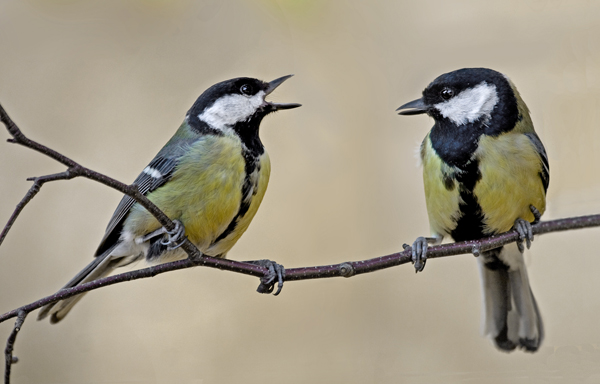The hatching of eggs is reduced by 7.5% for every 10% increase of [consanguinity]. The effect of inbreeding is smaller at the moment of fledging. The recruitment to the next generation at breeding age is not lower from related pairs than from other pairs with the same clutch size in the same year. There is a separate effect on the hatching rate if the female is inbred. However the recruitment from the clutches where either the male or the female is inbred is twice as high as expected. This can be explained because a few individuals have produced many offspring. The offspring have a high chance of mating with a relative, but the adverse effects of inbreeding are offset by higher recruitment. There is no evidence that inbreeding is avoided. Neither is it clear that inbreeding avoidance would be selectively advantageous.- A.J. van Noordwijk and W. Scharloo, "Inbreeding in an Island Population of the Great Tit"
Basically, less eggs hatch, but they have more eggs to compensate, and their surviving children are actually significantly more likely to reach adulthood than outbred birds, especially when the parents are cousins. The benefits and costs of inbreeding vs. outbreeding are too complex and dependent on other factors for there to be significant evolutionary pressure against inbreeding in Great Tits.

No comments:
Post a Comment